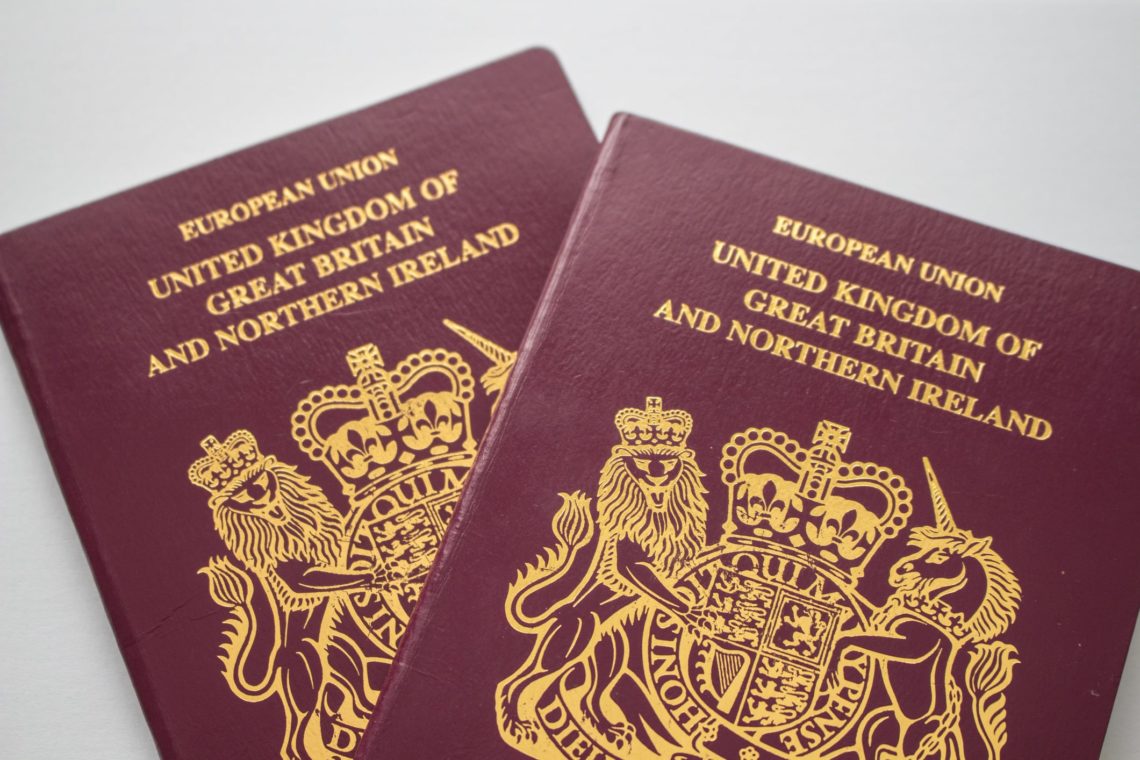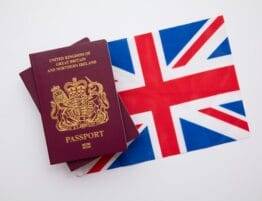
08 June 2020
Under the pre-Brexit regime the requirements for British naturalisation for EEA nationals and their family members were – up to a point – relatively straightforward.
Complexities sometimes emerged, but there were some basic principles which were clear. One important basic principle was that any applicant had to show that they had been lawfully in the UK for a certain period of time. If the applicant was an EEA national then they would typically need to demonstrate the lawfulness of that period in the UK by showing that – as the legal expression goes – they had been exercising Treaty rights. This could be by working, by job-seeking (but not for ever) by studying or by being financially self-sufficient in one way or another.
The family members of such a person (who might or might not also be EEA nationals) did not have to satisfy the same test. They only had to show that they were indeed a genuine family member and that they were in the UK with their EEA family member, and if the EEA national had established that they were exercising Treaty rights then the family members met the relevant requirements.
In the majority of cases concerning EEA nationals the required period of lawful residence was five years. Things were different in the case of a migrant who was married to a British citizen, in which case the required period was only three years, but that is a different part of the story.
And there was another important basic principle: an applicant for British naturalisation had to show that they held settlement, ie the right to live in the UK indefinitely without further immigration permission. And in the case of a migrant who was not married to a British citizen, they had to show that they had held such settlement for at least 12 months when they applied.
So, under the old regime and in a straightforward and typical scenario, an EEA national and/or family members would stay happily and lawfully in the UK for five years and then apply for Permanent Residence under EU law. And once they had held Permanent Residence for one year – and if they met the other relevant requirements – they could apply for British naturalisation.
But then along came Brexit, and the Home Office duly designed the EU Settlement Scheme (EUSS). The basic idea behind this was that the old statuses of EEA Residence Card and EEA Permanent Residence were replaced with, respectively, Pre-Settled Status (for those who have been here for less than five years) and Settled Status (for those who have been here for more than five years). These are statuses under British law, not EU law.
Some readers will no doubt be familiar with these applications, which are certainly easier and more user-friendly than those they replaced.
So how are things now, post-Brexit, in respect of British naturalisation? Are they just the same as before but with some different nomenclature? Well, that might have been the original hope or understanding but it turns out not to be quite so.
One potentially problematic feature of Settled Status is that, unlike Permanent Residence, a migrant only acquires deemed settlement on the date they acquire Settled Status: it cannot be backdated, even if the migrant has lived in the UK for many years. But there may be a way around this, because it is still possible to apply for Permanent Residence if you want to.
There is however another potential problem. Although the Home Office has never used such an expression, Settled Status is evidently regarded as “Permanent Residence Lite”. Admittedly, the Settled Status application is very basic and you do not have to prove very much, compared to an application for Permanent Residence. If you can prove that you have been in the UK for five years (by, for example, tax records) that is good enough. You do not have to prove in precise detail that you have been exercising Treaty rights and how you have been exercising them. Furthermore, if your Treaty rights category was one that required that you held comprehensive health insurance (ie student, self-sufficient person) you do not to prove that either.
But the ultra-easy Settled Status application turns out, in a manner of speaking, to be too good to be true. As revealed in the recently-issued Home Office guidance on the subject, this liberal treatment does not carry through to British naturalisation applications based on Settled Status.
Evidently, Home Office British naturalisation caseworkers will re-visit (and more thoroughly) the basis on which the applicant acquired Settled Status. As the Home Office put it, the grant of Settled Status does not confirm that the applicant was in the UK “lawfully” under the EEA Regulations during the period relied on. A good example here springs to mind: a student might have been diligently studying in the UK but might have omitted to acquire comprehensive health insurance.
The relatively good news is that the Home Office will not refuse applications outright if they are not accompanied by sufficient evidence: they will ask for more evidence. The other relatively good news is that Home Office may be prepared to exercise some discretion.
But this mismatch between Settled Status and Permanent Residence is going to lead some migrants into murky waters. If this affects you, you are well advised to take competent legal advice. We at Garth Coates will be able to help you.









